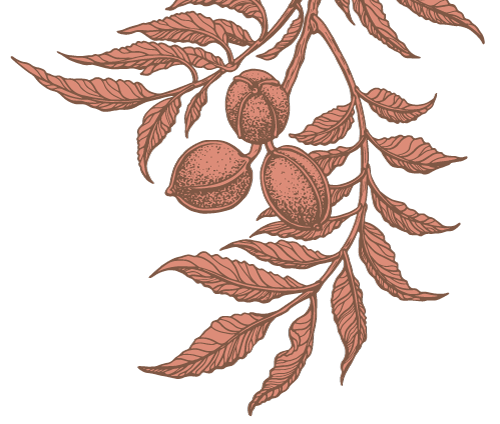History of the Pecan
The Fantastic Pecan
Famed as the “King of the North American Nuts,” the pecan has delighted young and old for more than 300 years. Named by the Algonquin Indians, “pecan” means “tough nut to crack” which probably came from its tough-shelled cousin, the hickory nut, since they both belong to the same family. Native North American Indians found the wonderful nut growing wild along riverbanks from the eastern United States to northern Mexico. As a tribute to these Indians, the nearly 1,000 varieties of the pecans that we enjoy today are named after famous Indian tribes.
First President George Washington planted pecan trees which he called “Mississippi Nut” trees as did our third President, Thomas Jefferson, in the 1700’s. Not only does the pecan tree produce great fruit or nuts, but also it can grow up to 100+ feet tall and span a diameter of 3 feet at the trunk — thus making logs for prized lumber that is used for flooring, paneling, carving, baseball bats, hammer handles, furniture, and firewood.
The pecan contains 19 vitamins and minerals, including vitamins A, E, and B, calcium, folic acid, magnesium, zinc phosphate, and potassium. These “heart healthy” nuts contain 87 percent unsaturated fat, 62 percent mono-unsaturated fat, and 25 percent poly-unsaturated fat. Pecans fight the buildup of LDL (bad) cholesterol with compounds rich in antioxidants. Most of all, they are just plain good to eat. So there is no wonder why, from the first presidents of the United States to astronauts of the Apollo mission who carried the pecan to the moon, the pecan is the nut of choice for everyone.


